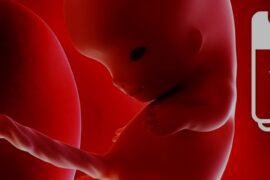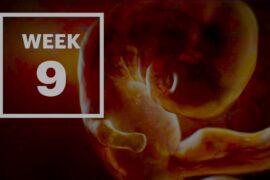Hey everyone! Today, we’re tackling a sensitive yet crucial topic: Understanding Abortion. It’s a term we often hear, but there’s a lot more to it than most people know. Let’s break it down in simple terms and shed some light on the various aspects of abortion.
Early Pregnancy and Miscarriage Risk
Did you know that the risk of miscarriage is highest in the early stages of pregnancy? Most miscarriages occur in the first trimester, which is the first 12 weeks. As pregnancy progresses, particularly after the sixth week, the risk starts to decrease.
What Exactly is Abortion?
Abortion can be classified into several types:
- Early Abortion: This involves the removal of pregnancy tissue in the first trimester, usually through medication.
- Late Abortion: Refers to abortions carried out after the 24th week of pregnancy.
- Spontaneous Abortion: Also known as a miscarriage, this is when the fetus is lost before 20 weeks of pregnancy.
Causes of Spontaneous Abortion
Spontaneous abortion, or miscarriage, can happen due to various reasons. It’s important to understand that it’s often due to natural causes and not something the mother did. Some common causes include:
- Viral infections like cytomegalovirus or rubella.
- Chromosomal and genetic abnormalities.
- Uterine or cervical issues.
Different Types of Abortion
- Induced Abortion: This is when the pregnancy is intentionally terminated.
- Threatened Abortion: Marked by symptoms like vaginal bleeding in the first trimester.
- Inevitable Abortion: Characterized by severe cramps and dilation of the cervix.
- Complete and Incomplete Abortion: Complete abortion means all tissue has passed from the body, while incomplete means some tissue remains.
Risk Factors
Some factors can increase the risk of miscarriage:
- Age: Women over 35 have a higher risk.
- Lifestyle choices: Smoking, alcohol, and drug use can contribute to the risk.
- Health issues: Conditions like diabetes or thyroid disorders can play a role.
Preventing Miscarriage
While not all miscarriages can be prevented, there are steps you can take to reduce the risk:
- Stay active: Regular exercise like walking or cycling is beneficial.
- Avoid harmful substances: This includes smoking, alcohol, and drugs.
- Eat healthily: A balanced diet is key.
Diagnosing Abortion
To confirm an abortion, doctors may use:
- Ultrasounds: Both transvaginal and transabdominal.
- Blood tests: Like serum hCG tests.
Treatment Options
Treatment for abortion varies:
- Expectant management: Waiting for the tissue to pass naturally.
- Medical management: Using medication to help the process.
- Surgical management: A procedure to remove remaining tissues.






